“I would love to be a better photographer… if only I had a better camera.” This is a comment I hear every day in my gallery. What many people don’t understand is that the type of camera you use is not the key to improving your photography.
Pride makes it hard to admit that we are just not very good at something. Photography is no exception. Of course, it is much easier to blame the camera. The trouble is, if we want to take better photos, will buying a better camera make that happen?
Of course not.
The truth is, you can take better photos no matter what sort of camera you have. Digital cameras have become so advanced that almost all cameras now have aperture and shutter speed settings, not to mention amazingly powerful optical zoom lenses. These are features that, until very recently, were only available on DSLR cameras. So if you want to take better photos, the features are right there in front of you. All you have to do is take the time to learn how to use them.
To take better photos, start with the manual that came with your camera. It will tell you how to operate the major settings, although it may not be so good at explaining what they are for. Then find the information you need to understand how those settings will help you take better photos. There are courses, workshops, books and e-books that will tell you what you need to know.
If you do pay good money for a course or e-book, make sure it is about taking better photos. These days, a lot of the information out there is about fixing your photos on a computer and not about taking better photos.
A lot of what you can learn has nothing to do with the camera. That’s right. You can improve your photography without changing one thing about your camera. My experience in nature photography has taught me that the way you use the light to capture your subject makes a huge difference. The weather and the time of day can affect the light, so your timing and patience can be the difference between a snapshot and a great photo.
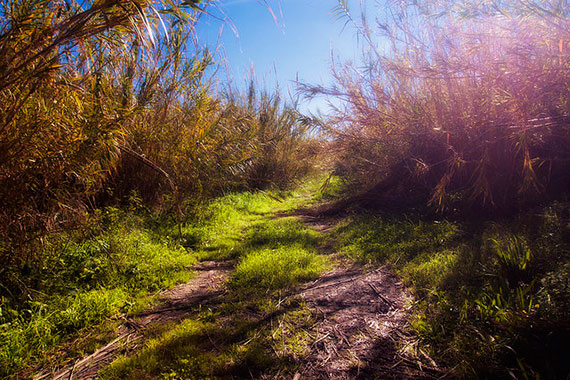
Photo by Theophilos Papadopoulos; ISO 100, f/9.0, 1/125-second exposure.
Developing an eye for composition is an essential skill that actually has nothing to do with the price tag on your camera. You can go a long way toward better photography by learning to think like an artist, not like a tourist. A good guide to photography should teach you this important element of photography.
Here are a few simple examples.
If you are photographing a waterfall, try looking at the scene creatively. Perhaps you can stand back and take a photo that follows the flow of water upstream, with the waterfall in the background. You might find a more interesting angle looking through the branches of a tree. There is always an alternative to just snapping the most obvious shot.
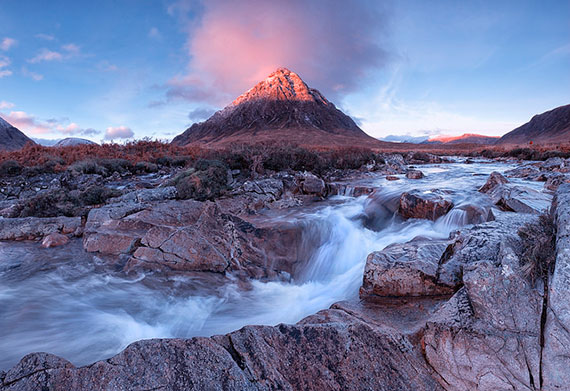
Photo by john mcsporran; ISO 100, f/13.0, .3-second exposure.
When photographing people and animals, think about the best way to position them to make a stronger composition. Instead of putting them in the middle of the photo looking straight at the camera, try positioning them to one side, looking in toward the center of the picture.
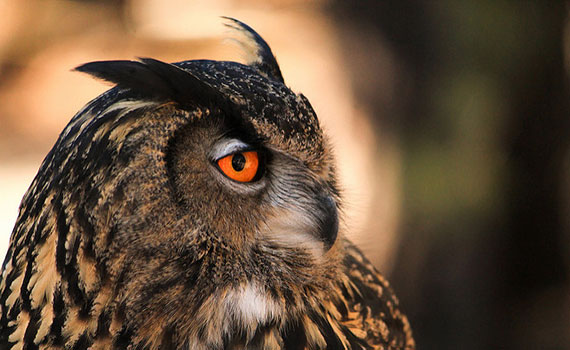
Photo by Joao Santos; ISO 800, f/5.6, 1/400-second exposure.
These are just a couple of simple ideas to get you thinking. The point is this: you can take great strides to becoming a better photographer by concentrating on the artistic aspects of the craft, rather than just the technical.
Of course, many things you can do with a compact camera, you can do even better if you have a DSLR camera. But buying a better camera is not going to help you take better photos if you just switch it to automatic and keep taking snapshots. So here’s my tip: don’t overspend. Just buy the camera you can afford, then really learn how to use it. It’s as simple as that. No matter which camera you have, you can take better photos with a bit of knowledge and a bit of practice. If you decide to upgrade later, so be it, but learning the basics of good photography will get you a lot further than succumbing to the “if only I had a better camera” mindset.
Now, if only I had better golf clubs…
About the Author:
Andrew Goodall writes for http://www.naturesimage.com.au and is a nature photographer based in Australia. He manages a gallery in Montville full of landscape photography from throughout Australia.
Like This Article?
Don't Miss The Next One!
Join over 100,000 photographers of all experience levels who receive our free photography tips and articles to stay current:
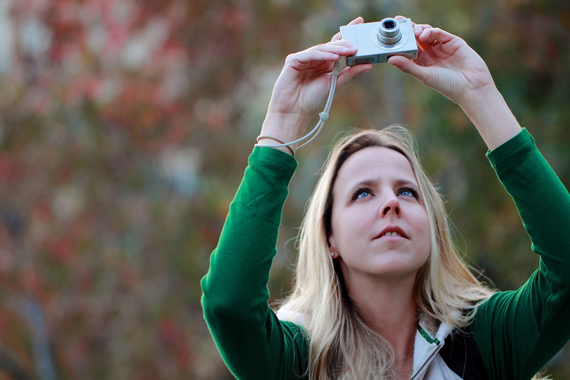
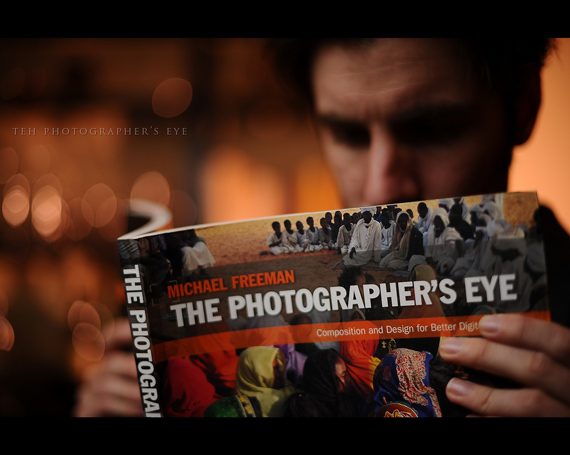





“Learning to SEE” is one of the most important aspects of photographing a scene. Seeing in “YOUR minds eye” before you click the shutter is a long , sometimes , tortuous road, but the day you actually “SEE” a shot , it is an astounding feeling.
A “better camera” with better lenses , just helps to eliminate one weakness . Unfortunately , it can also “MAGNIFY” that “bad photo” .
LOL. Great ending!!! I’d like to also point out that for me the biggest improvement in photography has not so much been in cameras, but n the emergence of SOFTWARE, e.g., Lightroom, Luminar, Topaz Labs, Photoshop, etc. I highly recommend getting to know Lightroom, in particular, for photographers. A little post processing can “improve” a lot of not so hot photos. Certainly it’s better to get it right the first time, IN CAMERA, but we all take photos occasionally that “need a little help.” Lightroom is that help! I always shoot in RAW and have spent many hours taking courses on Lightroom. I rarely use Photoshop since I find Lightroom gives me all the power I need to process photos the way I want them. Shooting in RAW, and processing in Lightroom can make an average photographer a much better one. Learning how to use it is well worth the investment in time needed to master the basics there. Keep following the tips in this article, but don’t overlook using Lightroom! Highly recommended!
While it’s true that one can take a great picture with a simple camera (I recall an article where the photographer mentioned judging a contest where the winning entry was a landscape shot by a kid on a moving bus with a disposable camera), it’s also true that a more capable camera can take a great picture under a wider variety of conditions. I think most people wishing for a better camera are looking at a picture beyond the capabilities of consumer models. I know the picture that I’ve always wanted to take is still beyond my cameras, because none of my cameras have rear-synch flash. When I bought a Fuji Finepix Z70, I soon got frustrated by it constantly botching focus (no manual option) on simple compositions, overexposing night shots (again no manual option), and persistently brightening reds no matter what setting I used (roses that should have been a burgundy color came out bright red).
Do you one better: when I decided to get serious about photography, I dug out an old Regula i.e. that turned up an an auction box my sister won. Guessimatic focusing (plus not-entirely-reliable distance markings on the fixed lens), Mk. 1 eyeball metering with the “sunny-16” rule, and an offset (not TTL) viewfinder. Didn’t have a tripod, either, so I shot hand-held unless there was a convenient wall or table to set it on. Gave me a lot of soft-focused, underexposed images, but a few great ones that I couldn’t have shot better with my D60.
The best demonstration of it’s the photographer not the camera is to watch the Pro Photog Cheap Camera YouTube videos shot be DigitalRev TV.
The camera, the tool used to show others a moment in time you saw beauty in what you were looking at.
As to Keith’s comment: Well said….!
As to the Article: Very well written and you laid the “Facts” out for no one to misunderstand. Bravo to you, to you Sir; my hat is in my hand! Nicely said indeed! Thanks, Boone.
Back in ancient film times when I started taking pictures, about the best trainer was a simple Instamatic. Nothing but a viewfinder and shutter. The student was forced to learn about framing and learn how to use the camera optimally for the light they had. Mostly it was the framing and moving around to get the right shot and moment. Even now, with bit burning digital, I work slowly to get what I really want to see.